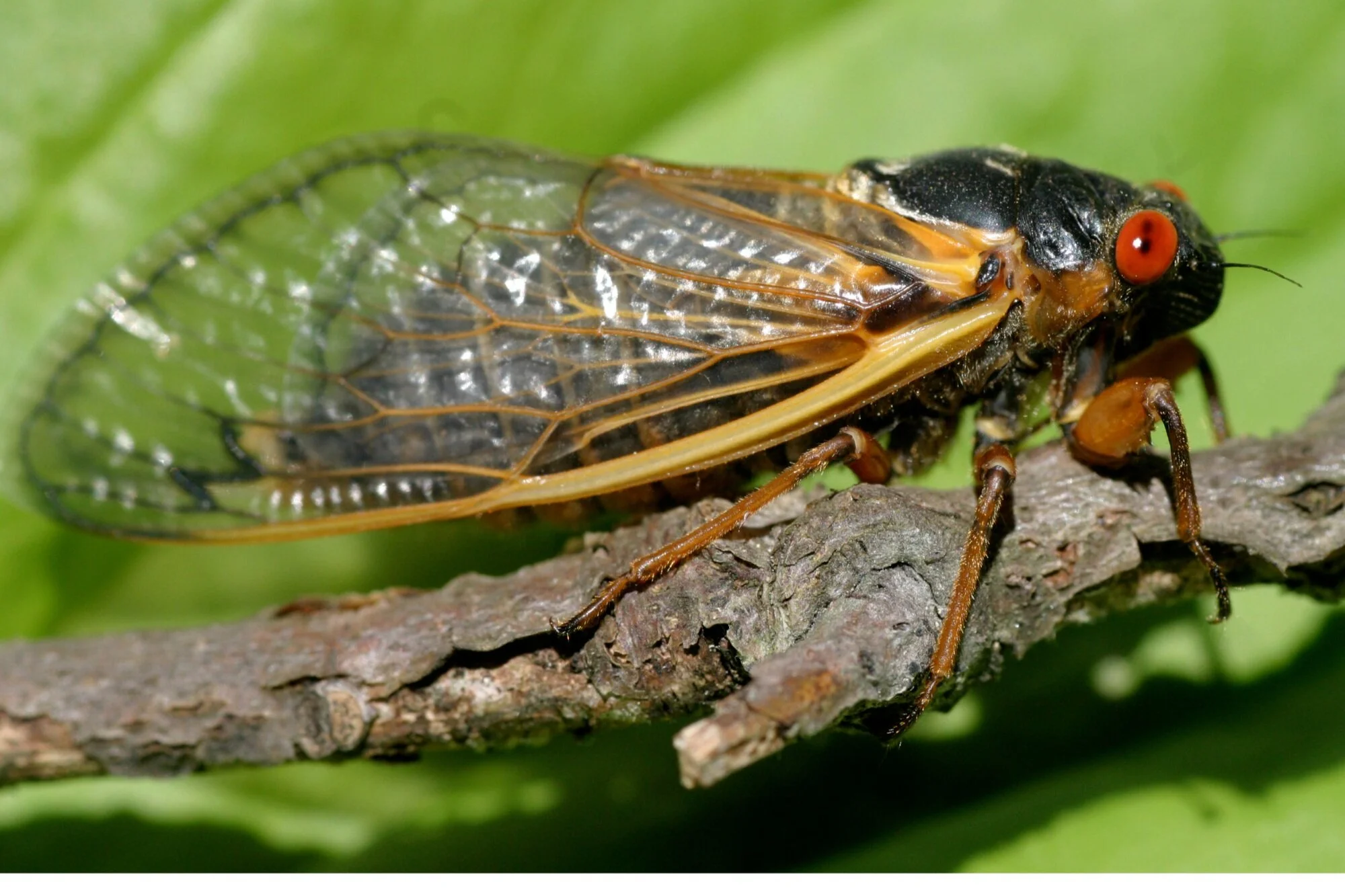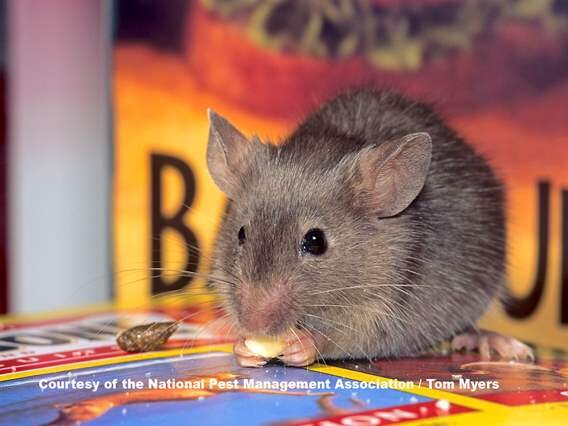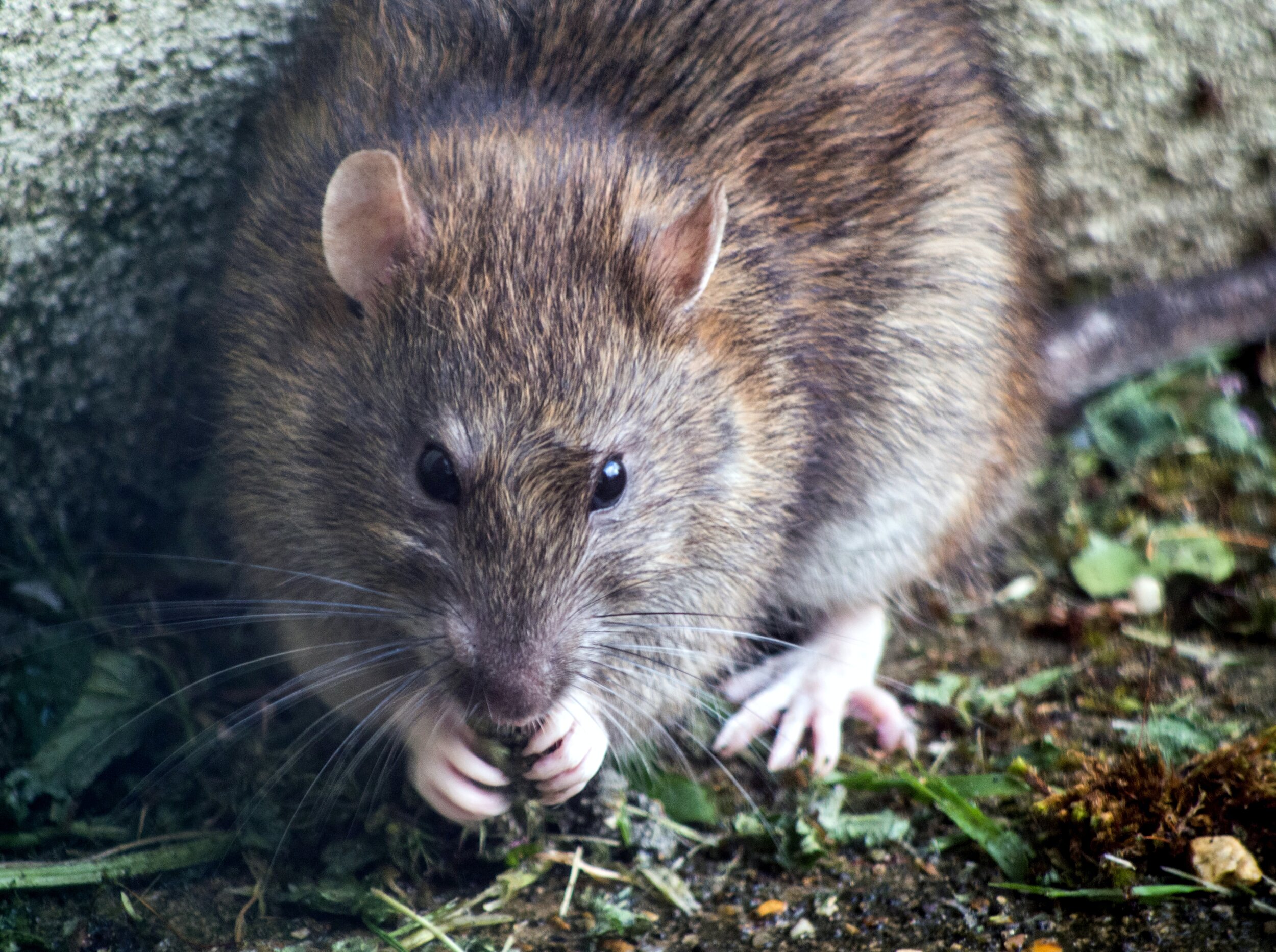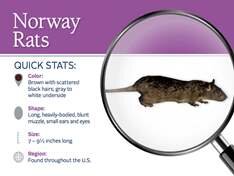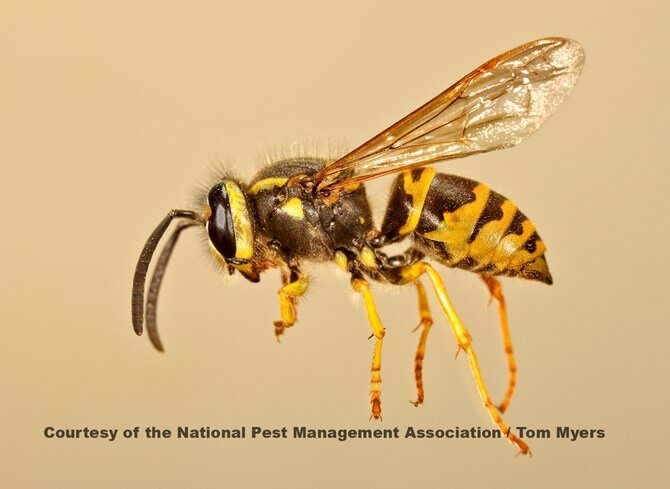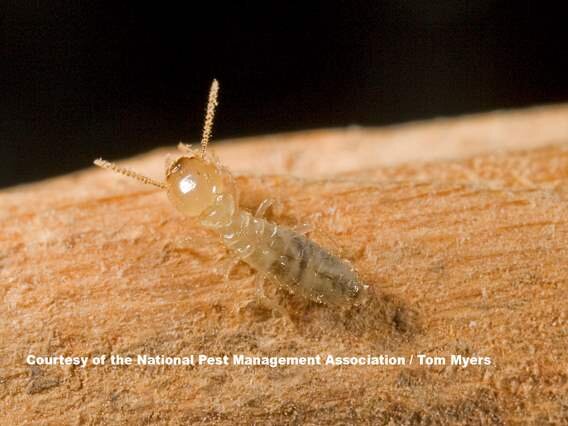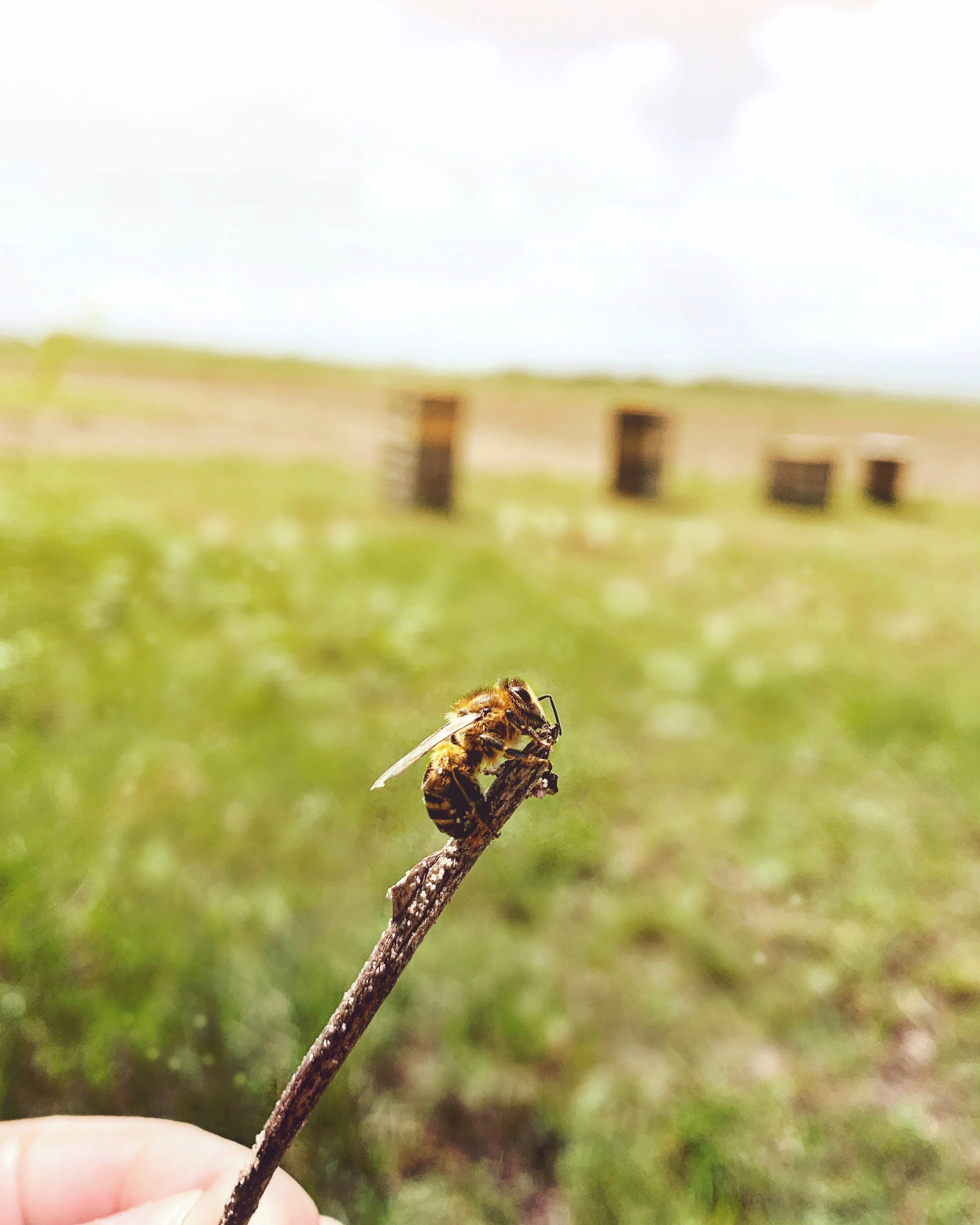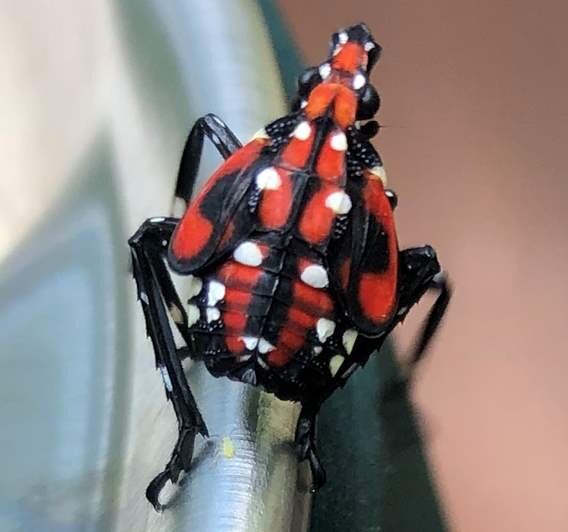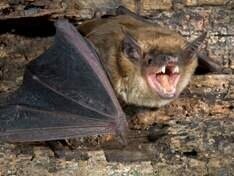Whether you’re a new homeowner needing a WDI inspection, or you’ve just discovered a hornets’ nest under the eave, chances are that if you own property, at some point you’re going to need to hire a pest control service. There are a lot of companies out there, from big corporations to small local businesses. How do you decide? Read on as we have some tips to find the pest control solution that’s right for you!
Ask Around: Friends, family and neighbors can be a good resource. Ask if they’ve used a pest control service and if so, how satisfied they were with the results/service.
Read reviews: Search out online reviews. Look for companies with not only good ratings, but how do they respond to the not so good ones, if any? This is a good indication of the level of customer service you’ll receive. A responsible company will respond to all reviews and show appreciation for the good ones and try to improve from the bad ones. Read some of our reviews here.
Shop Around: If it’s a big job, get quotes from a few companies and compare, don’t just go with the least expensive option!
Check Affiliations: Look for qualified and licensed pest control professionals and companies that are members of national, state or local pest management associations.
Hope these tips give a starting place for anyone looking to find a pest control company or any other type of service for your home or property. If you prefer working with a locally based, family owned company that takes customer service seriously, please give Siani Pest Control a call!




